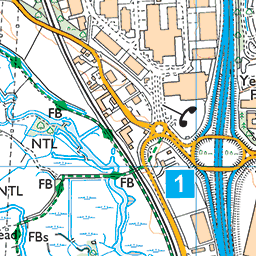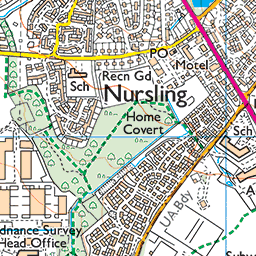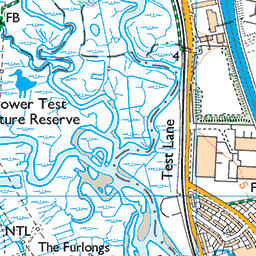Added to your Itinerary Planner below
Distance calculator
Map Filters
Customise your trip with our filters.
Map Filters

Toggle between the options below to show available markers.
General info Equestrian Info Cycling InfoAccommodation
Points of interest
Services
Routes
Accommodation
Points of interest
Transport
Accommodation
Points of interest
Transport


















The custom route elevation is created when you use the distance calculator (above) to draw a line.
The custom route elevation is created when you use the distance calculator to draw a line.

This beautiful place is the perfect spot for lunch on a hot day. It's only a short distance from the Thames Path and well worth a visit.
The Church of St Dunstan was originally built around 1100 and is a Grade I listed building. A new south aisle was added in 1391 and was repaired in 1631. It was severely damaged in 1666 by the Great Fire of London. Rather than being completely built it was patched up. A steeple and tower was added in 1695-1701 by Sir Christopher Wren.
The Church was again severely damaged in the Blitz of 1941. Wren’s tower and steeple survived the bombing. During the re-organisation of the Anglican Church after World war II it was decided not to rebuild St Dunstan’s.
In 1967 the City of London decided to turn the remains into a public garden, which opened in 1970. Maintenance and improvement works took place in spring 2015 which new planting throughout the garden to revitalise this popular space.
You really will feel secluded in this gem of a City Garden. Those with green fingers will appreciate the range of plants wending their way around the ruins, an unusual plant in the lower garden is Winter's bark, Drimy winteri. Its leaves are high in Vitamin C and were once eaten to prevent scurvy.
